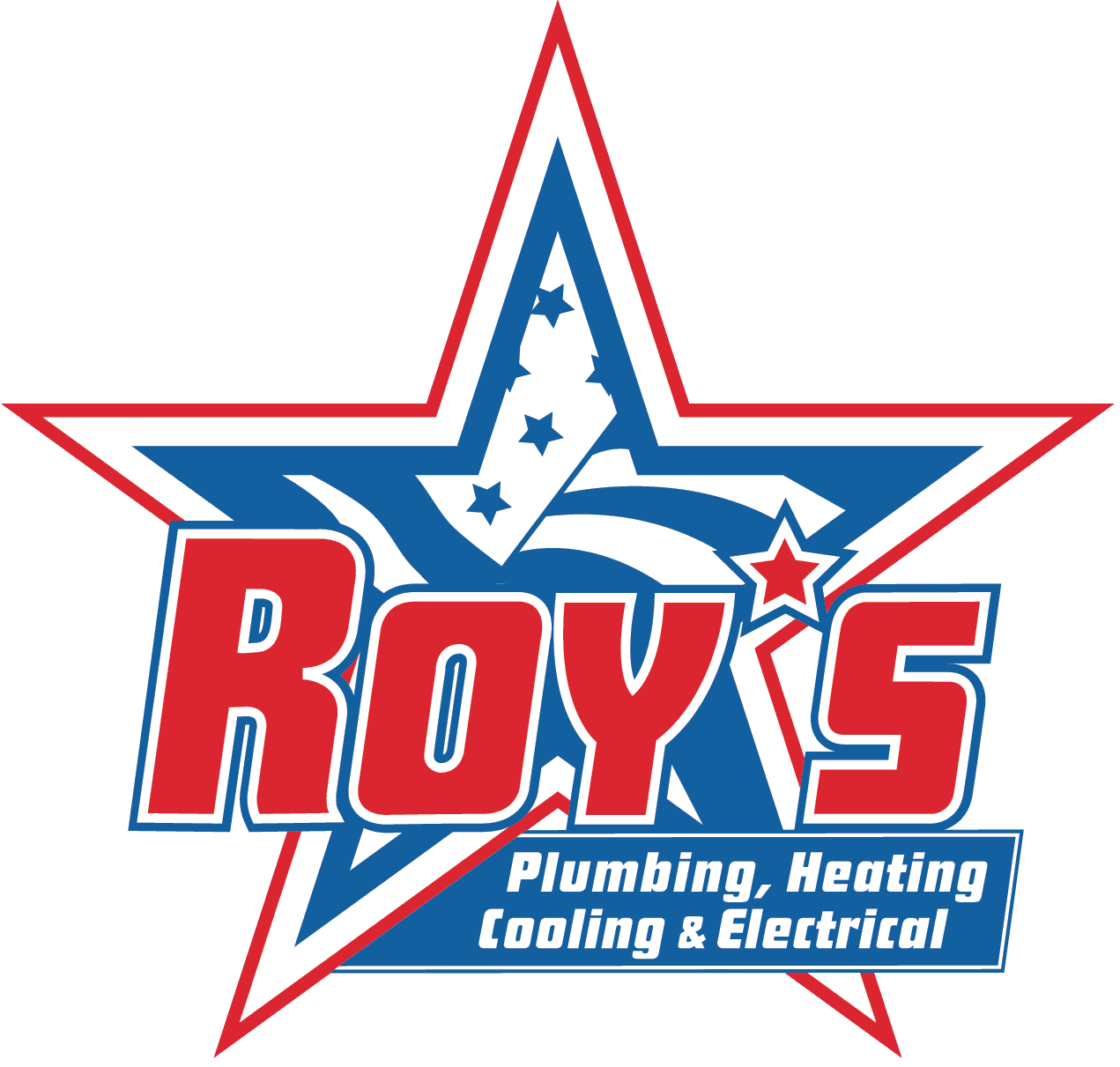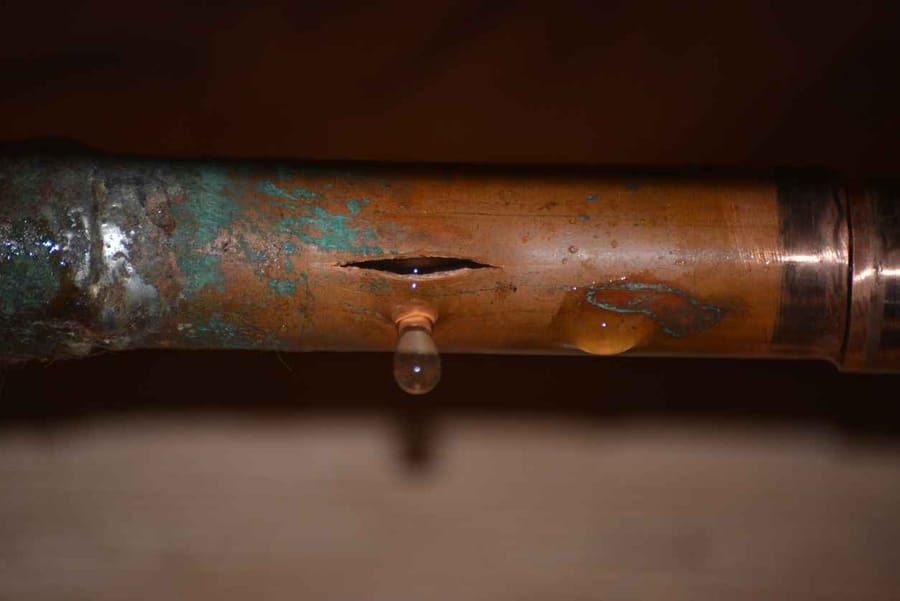
5 Signs Your Pipes Need Repair Before They Burst: A Guide for Buffalo Homeowners
Buffalo homeowners know that winter is more than just snowstorms and icy roads. It is also the season when plumbing systems face their toughest challenges. Freezing temperatures, rapid temperature swings, and aging infrastructure can put tremendous stress on your pipes. If hidden problems go unnoticed, they can quickly escalate into burst pipes, major leaks, or flooding that causes thousands of dollars in damage.
The good news is that most pipe failures do not happen without warning. Before a pipe bursts, it usually shows clear signs that something is wrong. By paying attention to these early indicators, you can catch problems long before they turn into emergencies.
This blog highlights the top five warning signs that your pipes need attention. Whether you live in a newer home or one of Buffalo’s classic older houses, understanding these signs can help you protect your property, save money, and avoid winter plumbing disasters.
Why Buffalo Homes Are at High Risk for Pipe Damage
Buffalo’s long, frigid winters place tremendous stress on residential plumbing systems. Even well maintained homes can develop pipe issues when months of freezing temperatures, heavy snowfall, and rapid weather shifts combine to push plumbing past its limits. Understanding why local homes face higher risks helps homeowners stay prepared and watch for early warning signs.
Extreme Cold and Deep Freezes
Buffalo routinely experiences temperatures well below freezing for extended periods. When pipes are exposed to these conditions, the water inside can freeze and expand. This expansion puts pressure on pipe walls, increasing the likelihood of cracks, leaks, or full pipe bursts once the water thaws.
Lake Effect Snow and Rapid Weather Swings
Sudden temperature drops are common during lake effect weather. Pipes that were stable one day can become stressed the next when temperatures plunge rapidly. These fast changes make materials contract and expand quickly, weakening older or uninsulated pipes.
Older Plumbing Systems in Buffalo Neighborhoods
Many Buffalo homes were built decades ago and still rely on older plumbing materials such as galvanized steel or cast iron. These materials naturally deteriorate over time, making them more vulnerable to corrosion, mineral buildup, and winter related stress.
Basement and Crawl Space Exposure
Buffalo homes often have basements, crawl spaces, or partially heated areas where pipes run through cold zones. These locations are more susceptible to freezing, especially if insulation is lacking or if cold air infiltrates through foundation gaps.
Hard Water and Corrosion Over Time
Hard water is common throughout the region. Minerals in the water slowly corrode pipe interiors, making them thinner and more fragile. When winter arrives, the combination of corrosion and freezing temperatures increases the risk of leaks and bursts.
Sign 1: Unusual Changes in Water Pressure
Water pressure issues are often the first indication that something is wrong inside your plumbing system. When pipes become damaged, blocked, or compromised, the flow of water naturally changes. In Buffalo’s cold climate, shifts in pressure can quickly escalate if ignored.
Sudden Drops in Water Pressure
If you turn on a faucet and the water pressure is noticeably lower than normal, it could mean:
-
A leak has developed somewhere in your plumbing
-
Ice is forming inside the pipes
-
A blockage or mineral buildup is restricting flow
A sudden drop is rarely a coincidence. It often points to a pipe beginning to fail.
Inconsistent Flow From Fixtures
When the water stream pulses, sputters, or fluctuates, it may be caused by:
-
Partial freezing inside vulnerable pipes
-
Sediment or rust breaking loose
-
A developing leak that is disrupting flow
Inconsistency is a warning sign that your plumbing system is under strain.
What Pressure Changes Mean for Pipe Health
Changes in water pressure indicate that something inside your pipes is blocking or diverting water. In winter, this can happen when freezing temperatures begin to constrict pipes or when corrosion weakens pipe walls. If left unresolved, the same conditions that cause pressure fluctuations can lead to a full burst.
If you notice pressure changes, especially during freezing weather, it is important to take action quickly. Early intervention can prevent major damage.
Sign 2: Discolored or Rusty Water
If your tap water has a brown, yellow, or reddish tint, it is a clear warning that something inside your plumbing system is deteriorating. Discolored water is not only unpleasant, but it also signals that corrosion or sediment buildup may be weakening your pipes from the inside out.
Brown, Yellow, or Reddish Tint in Tap Water
When water comes out looking anything but clear, it may be caused by:
-
Corroded pipes releasing rust particles
-
Sediment buildup shaking loose inside the plumbing
-
Aging galvanized steel pipes beginning to deteriorate
These issues often worsen in winter when pipes expand and contract with temperature changes.
How Corrosion Leads to Pipe Failure
Corrosion slowly thins pipe walls over time. As the interior of the pipe wears away, it becomes more fragile and more likely to crack or burst under pressure. Rust inside pipes also causes rough surfaces that trap debris, accelerating blockages and stressing the plumbing system even further.
In Buffalo’s older homes, corrosion is a major factor behind leaks and winter pipe failures.
Why Discoloration Shows Up More During Winter
Buffalo’s freezing temperatures can disturb rust flakes and sediment inside pipes. When water begins to freeze, thaw, or move through constricted pipes, it disrupts this buildup and sends discolored water through your faucets. Winter is often when homeowners first notice these signs because pipes are under more stress than during warmer months.
If you see discoloration coming from multiple faucets, it is time to schedule an inspection. This sign often appears before major pipe failures and should never be ignored.
Sign 3: Frequent Leaks or Moisture Around Pipes
Even small leaks can be a major warning sign that your pipes are under stress. In Buffalo’s freezing winters, a minor drip or damp area can quickly escalate into a burst pipe if the issue is not addressed early. Moisture around plumbing is never normal and should always be taken seriously.
Small Leaks That Keep Returning
A leak that reappears after being repaired usually means the pipe has a deeper structural problem. This often happens when:
-
The pipe wall is thinning due to corrosion
-
Freezing temperatures are causing expansion and contraction
-
Hidden cracks are worsening over time
Recurring leaks are one of the strongest signals that a pipe is close to failing.
Damp Spots on Walls, Floors, or Ceilings
Moisture or discoloration in drywall, flooring, or basement ceilings may indicate a slow leak behind the surface. These leaks often go unnoticed until the damage becomes visible, especially in:
-
Unheated basements
-
Crawl spaces
-
Utility rooms
-
Exterior walls
Because these areas are the coldest parts of the home, they are most vulnerable during Buffalo’s winter freezes.
Why Small Leaks Often Signal a Bigger Problem
Many homeowners assume that a small leak is an isolated issue, but it often points to:
-
Internal corrosion weakening the pipe
-
High water pressure stressing old plumbing
-
Pipes beginning to freeze and crack
-
Joint failures caused by shifting temperatures
In Buffalo’s climate, a seemingly minor leak can turn into a burst pipe once the temperature drops. Addressing these issues early helps prevent severe water damage, mold growth, and costly emergency repairs.
Sign 4: Strange Noises Coming From Your Plumbing
Unusual sounds coming from your plumbing system often indicate that your pipes are under stress. In Buffalo’s cold climate, these noises can be early warnings that a pipe is close to freezing, cracking, or bursting. Paying attention to changes in sound can help you catch serious problems before they become emergencies.
Banging, Clanging, or Rattling Noises
Loud knocking or clanging noises, often referred to as water hammer, occur when moving water comes to an abrupt stop. This happens when:
-
A valve shuts off quickly
-
Pipes are not properly secured
-
Pressure inside the plumbing spikes
Repeated water hammer can weaken pipe joints and fittings, making your plumbing more vulnerable during freezing temperatures.
Expanding or Contracting Pipes During Cold Weather
When temperatures drop, pipes contract. As they warm back up, they expand again. This normal motion can create:
-
Popping sounds
-
Creaking noises
-
Light cracking sounds
While some movement is normal, excessive or repetitive noises suggest your pipes are rubbing against studs, joists, or other materials. Over time, this friction can weaken pipe walls or loosen connections.
When Noises Indicate a Pipe Is Ready to Burst
Certain sounds signal immediate danger, such as:
-
Sharp cracking noises
-
Sudden loud bangs
-
Repetitive knocking during very cold nights
These can mean water has frozen inside the pipe and is putting intense pressure on the plumbing. If you hear these noises, it is important to act quickly because a burst pipe may be moments away.
Sign 5: Higher Water Bills Without Increased Usage
A sudden rise in your monthly water bill is not always caused by increased use. In many cases, it is an early warning sign that water is escaping through a hidden leak. Buffalo homeowners should take unexpected changes in water costs seriously, especially during winter when pipes are more likely to develop cracks or pinhole leaks.
Hidden Leaks Causing Water Waste
Hidden leaks often occur in:
-
Basements
-
Crawl spaces
-
Behind walls
-
Under floors
-
Inside ceilings
These leaks can go unnoticed for weeks or even months. Because the water escapes slowly and silently, the first sign is often a higher bill rather than visible damage.
Subtle Pipe Damage That Grows During Freezing Cycles
When temperatures fluctuate, pipes expand and contract. Tiny cracks may form during this process. At first, the leak may be so small that you do not notice any wetness or noise. But over time, the crack widens, allowing more water to escape and steadily increasing your water bill.
Winter weather in Buffalo accelerates this process, making high bills a very real red flag.
Why Rising Water Bills Are an Early Warning Sign
Water usage typically remains steady from month to month unless something in your routine changes. If your bill increases unexpectedly, it often indicates:
-
A hidden leak developing inside your plumbing
-
A partially frozen pipe restricting flow
-
Corrosion weakening pipe walls
-
Failing seals or joints
Catching this sign early can prevent a leak from turning into a burst pipe, saving you from extensive water damage and expensive emergency repairs.
Protect Your Buffalo Home With Early Pipe Repairs
Buffalo’s freezing temperatures and aging plumbing systems create the perfect conditions for pipe damage. By paying attention to changes in water pressure, discoloration, small leaks, unusual noises, and rising water bills, you can spot problems early and prevent a burst pipe from damaging your home.
Taking action when the first signs appear is far more cost effective than dealing with a major leak or winter emergency. Whether your home is experiencing one warning sign or several, it is always better to have a professional inspect your system before the next cold snap hits.
If you suspect your pipes are at risk or want peace of mind before winter arrives, Roy’s Plumbing, Heating, Cooling & Electrical is here to help. Our team provides thorough pipe inspections, reliable repairs, and fast emergency service to keep your home protected all season long.
Schedule your pipe inspection today and stay one step ahead of costly water damage.
Recent News

Why Regular Plumbing Maintenance Pays Off in the Long Run

Mastering Residential Plumbing and Drain Care: Pro Techniques for Leak Prevention, Pipe Longevity, and Eco-Friendly Maintenance
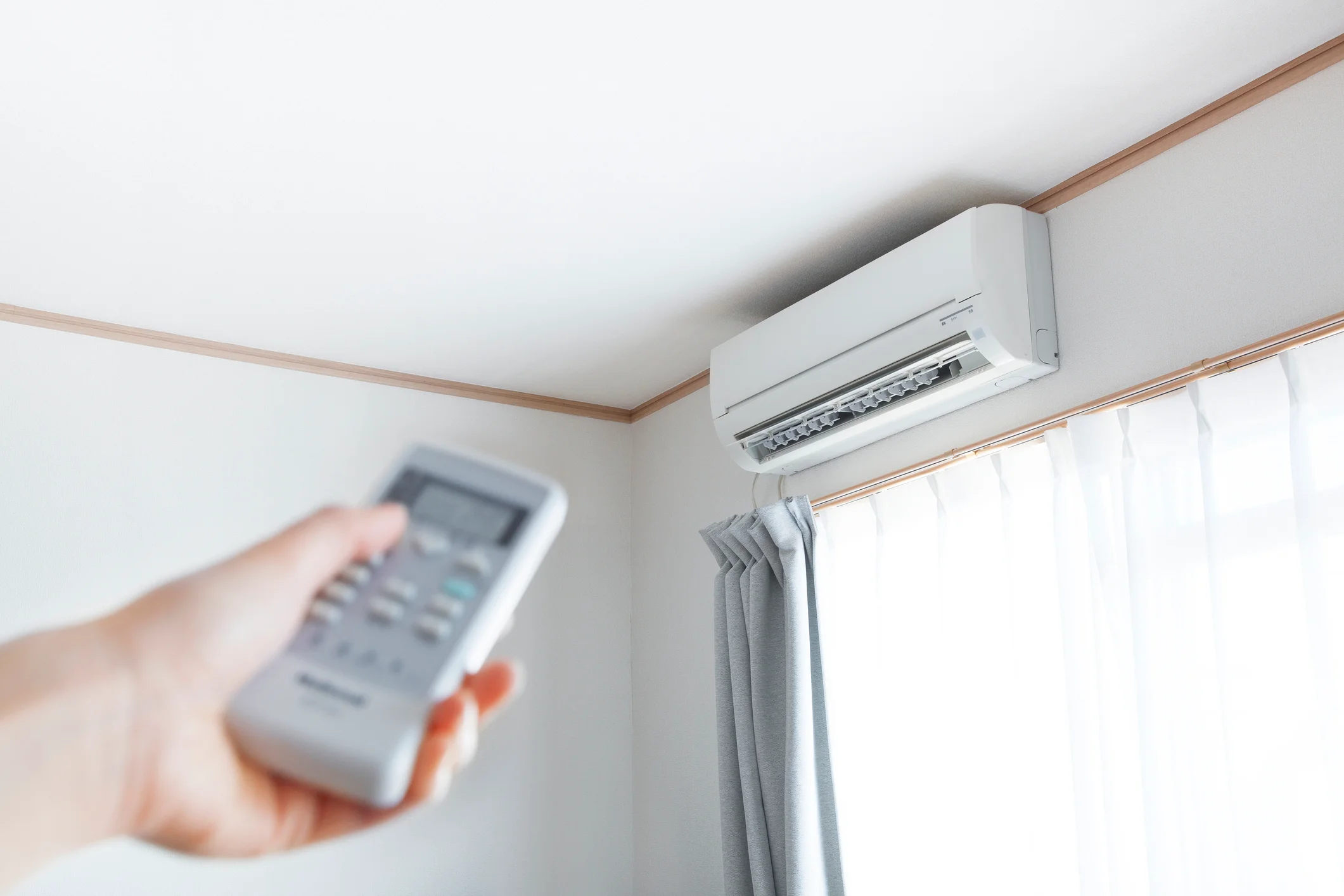
What Is a Mini Split, and How Is It Different from Central Air and Other HVAC Options?
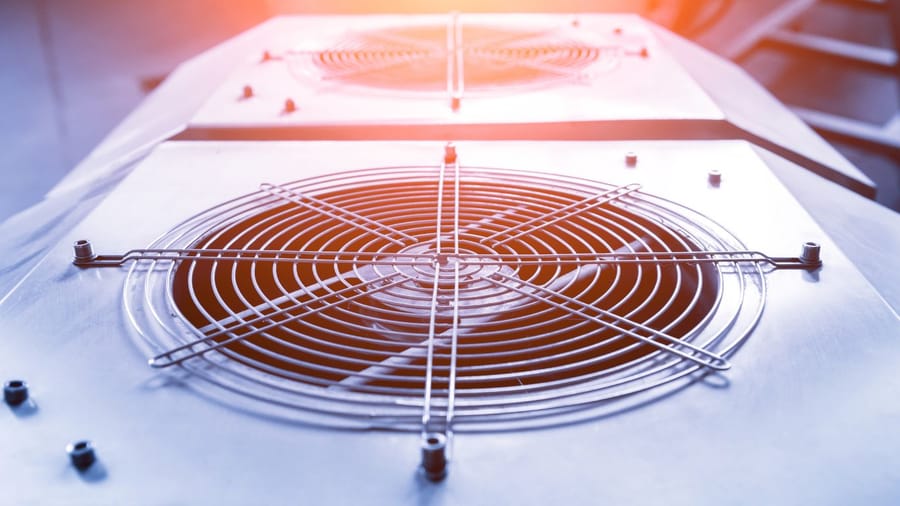
An In-Depth HVAC Efficiency Audit: How to Diagnose Performance Issues, Enhance Indoor Air Quality, and Cut Energy Costs
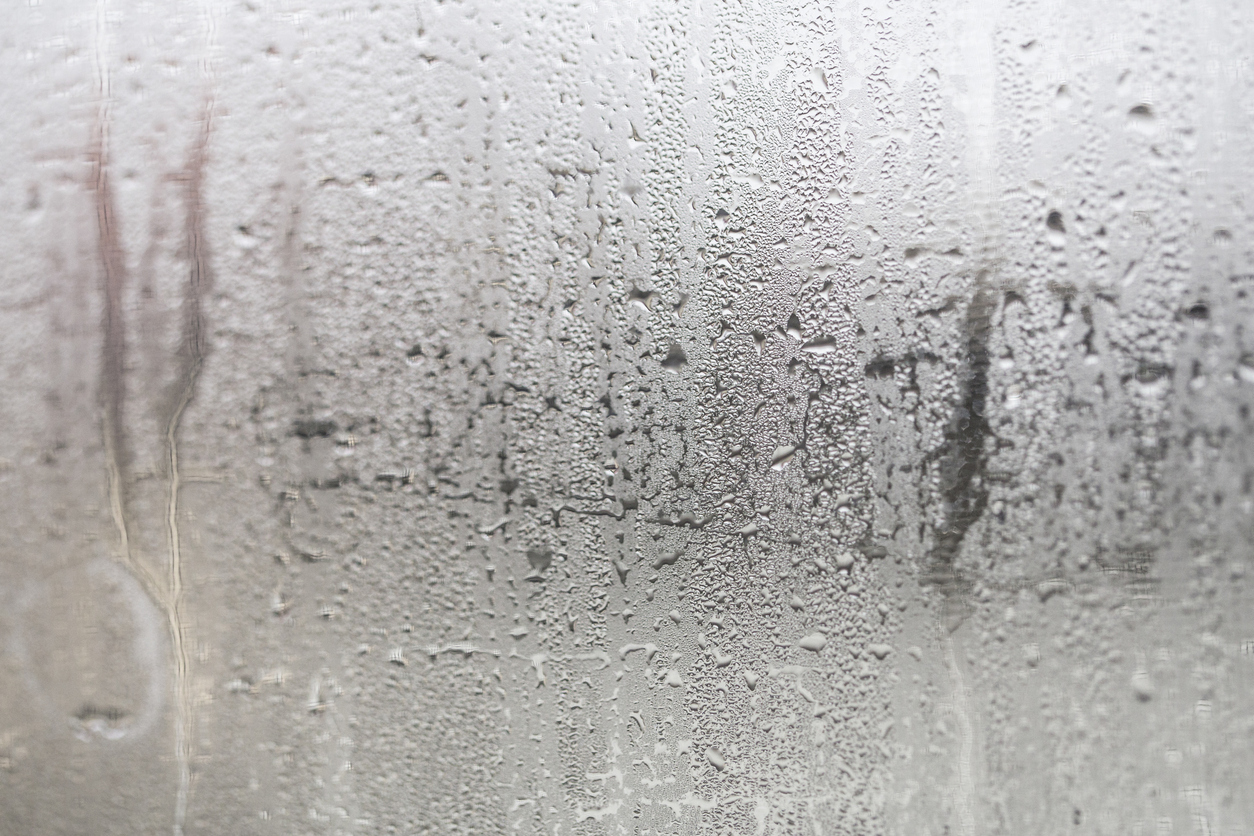
Why Indoor Humidity Matters in Buffalo, NY — for Comfort, Health, and Your Home
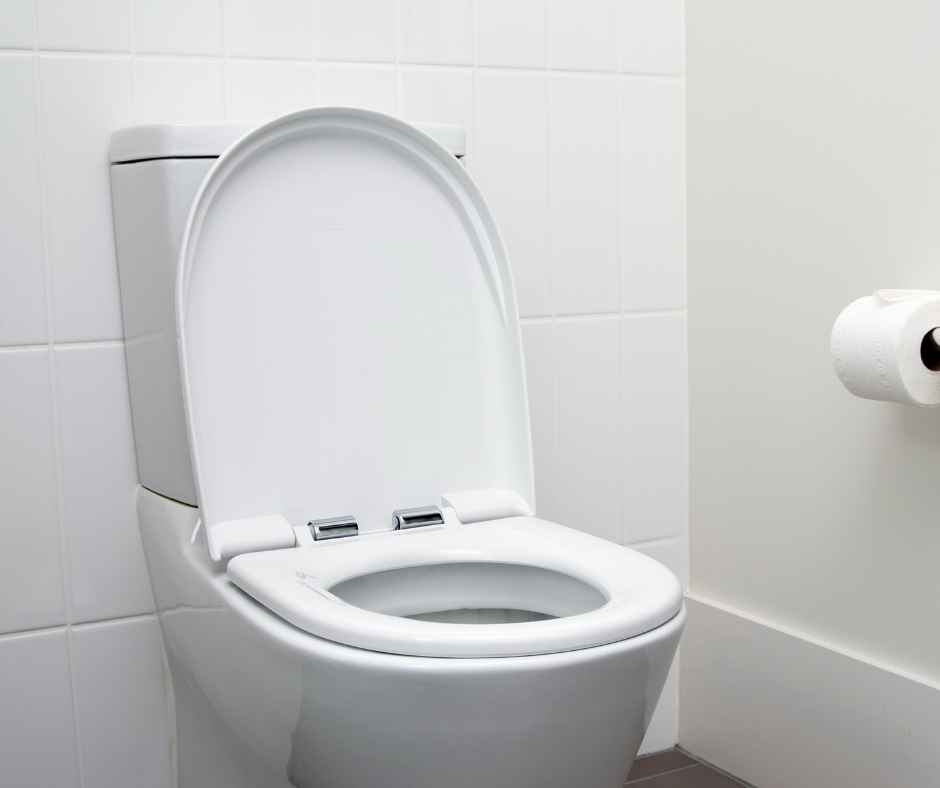
Why Is My Toilet Running?

Why Is My Air Conditioner Short Cycling?
Get in Touch
